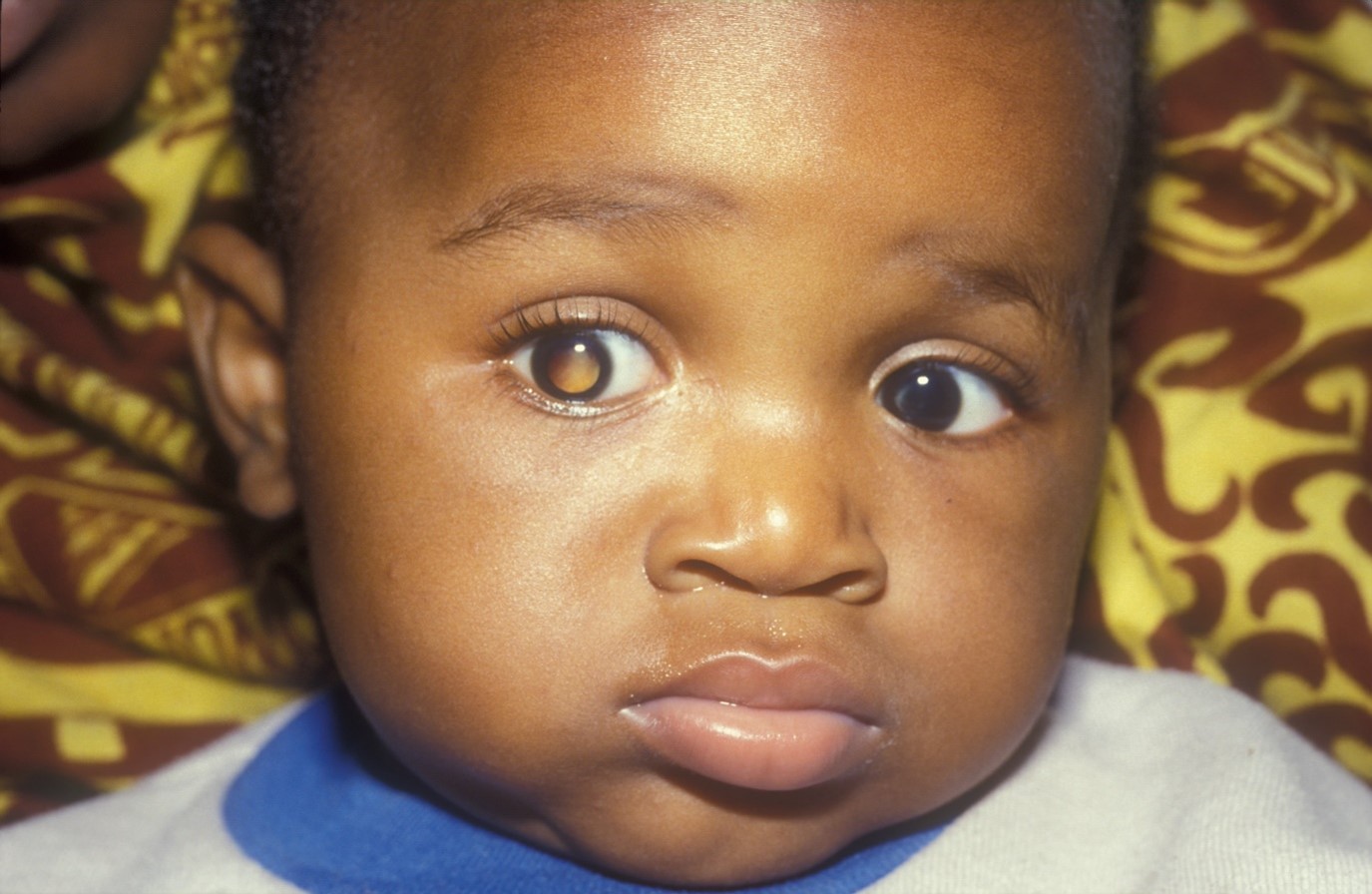The Retinoblastoma Network

Retinoblastoma (Rb) is the most common and most devastating eye cancer that affects children worldwide. There are 8,000 new cases every year and children in low-income countries are 16 times more likely to die within three years of diagnosis of the condition than those in high income countries, where almost all children will survive.
The Rb Network (Rb-NET) was established in 2017 with the aim of improving retinoblastoma outcomes in low and middle-income countries (LMICs), enabling more children to survive and see. It is formed of 29 Rb treatment centres in 14 countries who are linked with experts from specialist Rb centres in the UK, India, Israel, Europe and the USA.
The network trains multi-disciplinary teams who work together to develop and deliver integrated Rb care. The Rb-NET focus areas are:
1. Planning and developing Rb services
2. Early detection in the community and urgent referral to treatment centres – establishing national referral pathways
3. Training on treatment, including laser and chemotherapy
4. Coordinating and conducting multicentre epidemiological and operational research
The network holds regular MDT meetings to discuss cases and share skills. In 2024 the Network held its first interdisciplinary clinical-radiological-pathological MDT, featuring paediatric oncologists, ophthalmologists, radiologists, and pathologists discussing complex retinoblastoma cases.
Visit the Rb-NET MDT site:
The Rb-NET has allowed the creation of the Global Retinoblastoma Study Group, a collaborative group of more than 450 centres in 150 countries, a scale that is unprecedented in medical research.
Read more about the GRSG research and its achievements here.

Case Study – Nigeria / Israel Chemotherapy
Read a blog on how an intra-arterial chemotherapy service was set up in Nigeria

Case Study – Kenyatta Hospital
Read how the Rb-NET helped the Kenyatta National Hospital, Kenya to improve care for children with retinoblastoma
